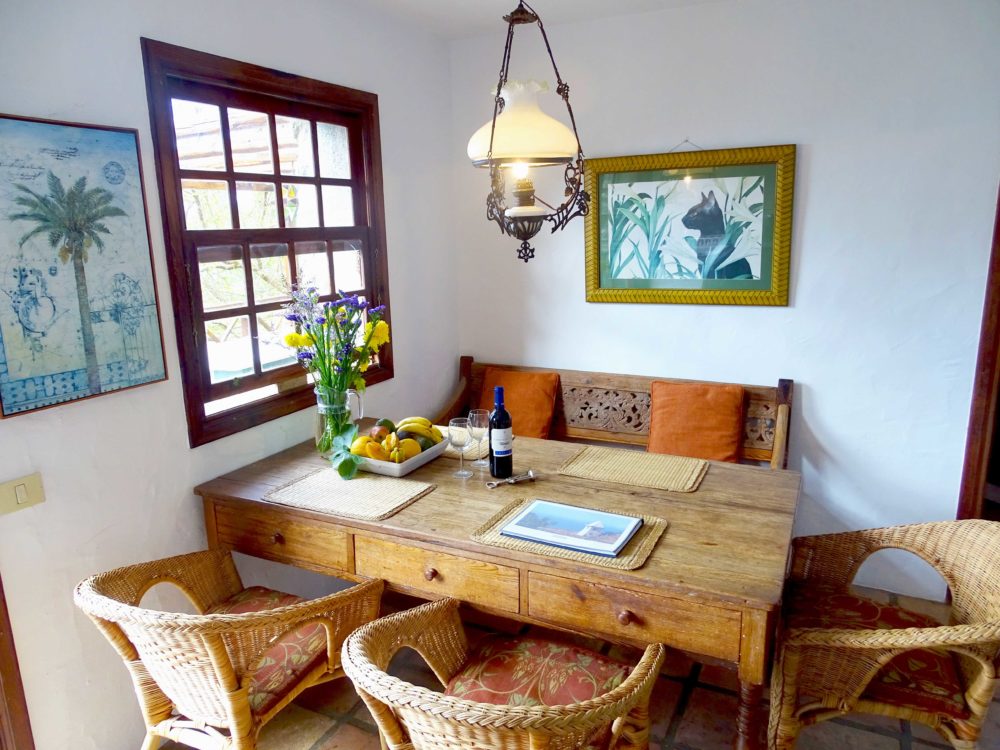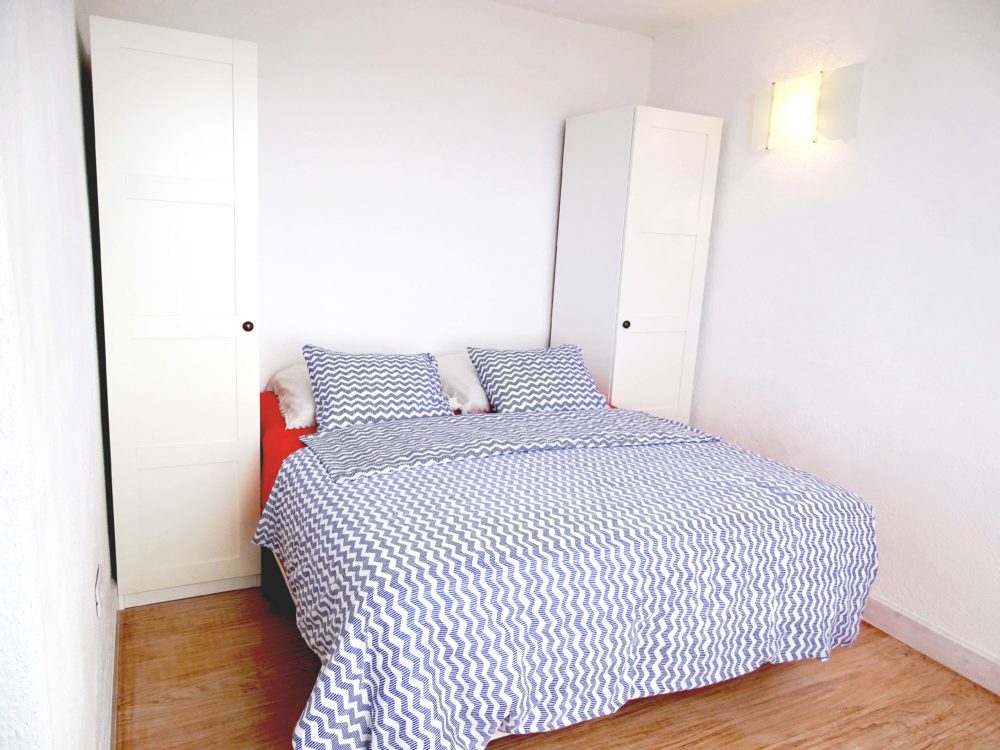Brassica oleracea var. capitata f. rubra
Rotkohl
Englische Bezeichnung: Red Cabbage
Spanische Bezeichnung: Col roja
Familie
Kreuzblütengewächse (Brassicaceae)
Hauptbestandteile:
Mineralstoffe: Calcium, Magnesium, Kalium
Vitamine: B-Vitamine, C, Beta-Carotin (Provitamin A),
Sekundäre Pflanzenstoffe: Antioxidantien: Anthocyane, sowie krebsfeindliche Senfölglycoside
Ernte-Hinweise:
Junge Blätter lassen sich bereits früher ernten, z.B. für einen Salat. Wenn der ganze Kopf ausgereift ist, schneidet man den Kohl mit einem scharfen Messer knapp unter dem Kopf ab, sobald er schön fest geworden ist, und entfernt die äußeren Blätter.
Verwendung:
Rohkost, Kochen, Dünsten, Schmoren, Blanchieren, Braten,
-
z.B.: als Gemüsebeilage, in Eintöpfen, Aufläufen
Rotkohl enthält besondere Farbstoffe, die sogenannten Anthocyane. Dabei handelt es sich um antioxidativ wirksame sekundäre Pflanzenstoffe, die ihn zu einem besonders gesunden Gemüse machen.
Family
Cruciferous Vegetables (Brassicaceae)
Parts Used:
Leaves
Key Constituents:
-
Minerals: Calcium, magnesium, potassium
-
Vitamins: B vitamins, C, Beta-Carotene (Provitamin A)
-
Secundary plant substances: Antioxidants, anthocyanins as well as anti-cancer sulfur-containing glucosinolate compounds, isothiocyanates and sulforaphane
Harvesting Guidelines:
Young leaves can be harvested earlier, for example, for a salad.
When the whole head is fully developed, cut the cabbage with a sharp knife just below the head, once it has become nice and firm, and remove the outer leaves.
Use:
Raw, cooking, stewing, blanching, sauteeing
e.g.: as a vegetable side dish, in stews, casseroles
Red cabbage contains special colourings called anthocyanins. These are antioxidant secondary plant substances that make it a particularly healthy vegetable.
Familia
Planta Crucífera
Partes aprovechables:
Hojas
Principales Constituyentes:
-
Minerales: calcio, magnesio, potasio
-
Vitaminas: Vitaminas B y C, beta-carotina (Provitamina A)
-
Sustancias vegetales secundarias: Antioxidantes: antocianinas, así como aceites de mostaza sulfurosos y glucósidos anticancerígenos.
Indicaciones de Cosecha:
Las hojas tiernas pueden cosecharse más pronto, por ejemplo, para una ensalada. Cuando toda la col haya madurado, una vez que esté bien firme, córtela con un cuchillo afilado justo por debajo de la cabeza y retire las hojas exteriores.
Uso:
Como verdura cruda, cocida, guisada, estofada, escaldada, asada,
por ejemplo: como guarnición, en guisos o estofados.
La lombarda contiene unas sustancias colorantes llamadas antocianinas. Se trata de sustancias vegetales secundarias antioxidantes que la convierten en una verdura especialmente saludable.








































